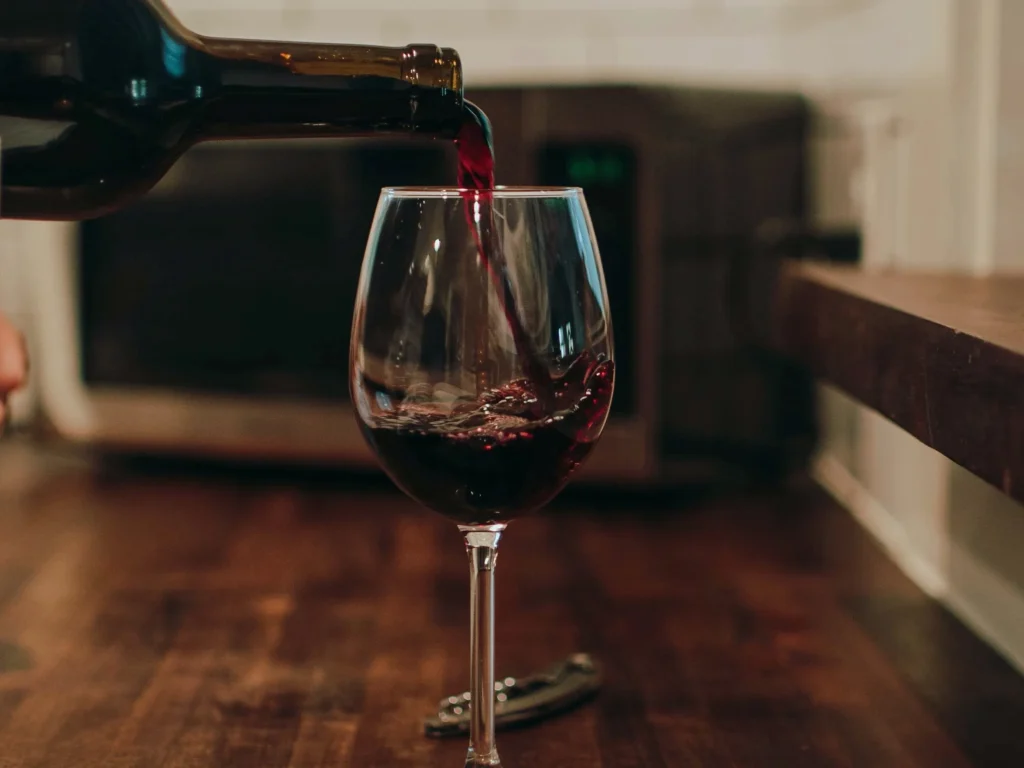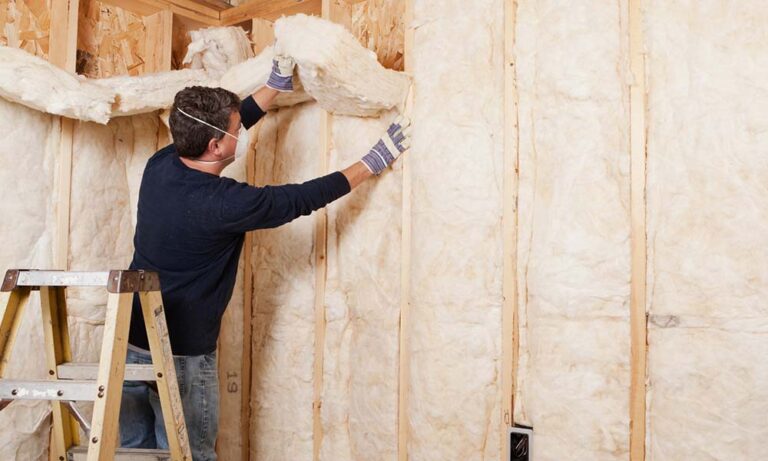
Wine auctions are a fascinating world where enthusiasts, collectors, and investors converge to buy and sell some of the rarest and most exquisite bottles of wine. For first-time bidders, understanding how wine auctions work and the strategies to employ can make the experience both thrilling and rewarding. This beginner’s guide provides insights into the workings of wine auctions, tips for newcomers, and the excitement of hunting for rare bottles.
Understanding wine auctions
Wine auctions can be conducted by major auction houses, such as sotheby’s and christie’s, or by specialized wine auction companies. They can take place in person, online, or through a hybrid of both.
How wine auctions work:
Cataloging: auction houses catalog the wines, providing detailed descriptions, provenance, and estimated values. These catalogs are made available to potential bidders before the auction.
Pre-auction viewing: this is an opportunity for bidders to inspect the wines in person, often accompanied by tastings for high-value lots.
Bidding: bidding can be live, online, or via absentee bids (pre-submitted bids). Live auctions can be fast-paced, with bids increasing incrementally until the highest bid secures the lot.
Hammer price: the final bid accepted by the auctioneer is known as the “Hammer price.” additional fees, such as buyer’s premiums, may be added to this amount.
Stat insight:
According to wine spectator, the global wine auction market was valued at over $408 million in 2019, reflecting a growing interest in fine and rare wines.
Tips for first-time bidders
Do your research:
Before participating in an auction, familiarize yourself with the wines on offer. Study the catalog, understand the provenance, and research recent auction prices for similar wines.
Implementation tip:
Use online resources like wine-searcher or auction house archives to check historical prices and gather information about the wines.
Set a budget:
Determine how much you are willing to spend, including the buyer’s premium and any other additional costs. Stick to your budget to avoid overbidding in the heat of the moment.
Implementation tip:
Factor in potential costs such as shipping, insurance, and taxes when setting your budget.
Inspect the wines:
If possible, attend the pre-auction viewing to inspect the condition of the bottles. Look for signs of damage, ullage levels (the space between the wine and the top of the bottle), and the condition of the labels and capsules.
Implementation tip:
Bring a flashlight to closely examine the wine levels and cork condition, especially for older bottles.
Understand auction terms:
Familiarize yourself with auction terminology and the specific terms and conditions of the auction house. This includes understanding the buyer’s premium, reserve price, and bidding increments.
Implementation tip:
Review the auction house’s glossary of terms and read the fine print in the auction catalog or website.
Start small:
As a beginner, it’s wise to start with lower-value lots to gain experience. This helps build confidence and understanding of the auction process without significant financial risk.
Implementation tip:
Participate in online auctions where the stakes may be lower and you can bid from the comfort of your home.
Stat insight:
Wine auction sales often see a buyer’s premium ranging from 10% to 25%, which is added to the hammer price.
The thrill of hunting rare bottles
1. Discovering hidden gems:
One of the most exciting aspects of wine auctions is the chance to discover rare and unique bottles that are not available in retail stores. This includes limited editions, vintages from defunct wineries, and bottles with historical significance.
Implementation tip:
Pay attention to lesser-known producers and emerging regions that may offer excellent quality at lower prices compared to established names.
2. Building a collection:
Auctions provide an opportunity to build a diverse wine collection, from investment-grade wines to personal favorites. Collecting wine can be both a passion and a profitable endeavor.
Implementation tip:
Focus on wines with strong provenance and those that have demonstrated aging potential. Consider diversifying your collection by including different regions and vintages.
3. Networking and community:
Wine auctions are also social events where you can meet fellow enthusiasts, collectors, and industry experts. This community can provide valuable insights, recommendations, and networking opportunities.
Implementation tip:
Join wine clubs, forums, and social media groups to stay informed about upcoming auctions and connect with other wine lovers.
Stat insight:
A rare bottle of 1945 romanée-conti set a world record when it sold for $558,000 at a sotheby’s auction in 2018, showcasing the high stakes and excitement of wine auctions.
Conclusion
Diving into the world of wine auctions can be a thrilling and rewarding experience for beginners and seasoned collectors alike. By understanding the auction process, conducting thorough research, setting a budget, and starting with smaller purchases, you can navigate this exciting marketplace with confidence. The hunt for rare and unique bottles, the opportunity to build a distinguished collection, and the sense of community among fellow enthusiasts make wine auctions a captivating endeavor.
Whether you are looking to invest in fine wines or simply enjoy the thrill of the chase, wine auctions offer a unique and enriching experience. So, raise your paddle, savor the excitement, and may the best bid win!






